Wedding Backstory Template
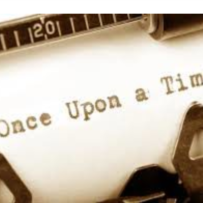
The wedding backstory should be easy to write. Here’s a simple guide to making the process of writing your wedding backstory a bit less difficult.
 Don’t Include Everything
Don’t Include Everything
It should include a few of the main events that led you to decide to get married. These events may be different or the same for the bride and the groom. It’s important to share both the bride and groom’s perspective of these events so that the backstory includes the perspectives of both. Include historical images and some information that is helpful towards describing your present life. Be sure to exclude embarrassing, historical facts and experiences. These don’t typically make for an enjoyable reading experience for your audience.
Bad Example: Bob grew up in rural Indiana, the son of a farmer and a hippie. He spent his days running through corn fields, hoping for the day he might leave his obscure beginnings and ascend the ladder of Corporate America as a hedge fund manager. Bob really likes money and thinks people who don’t like money are stupid. Steve was raised by a blacksmith in downtown Detroit, always wondering where his next meal would come from.
Good Example: Steve and Jane came from very different upbringings. For this reason, it was fortuitous that they met in the Cayman Islands. Jane was studying the reproductive habits of plankton. Steve was getting sunburned on the beach.
Think Short Term
Historical information may be relevant, funny and/or enlightening, and it should only be used if it helps your audience get to know you in the present. Likewise, backstories can get very long and may become tedious for the audience to listen to. Think short term for the sake of keeping the entire ceremony within 20 minutes. The typical backstory will take about 2-3 minutes to read. This equates to about 1 page, double spaced.
Good Example: Matt and Sophie met like every other couple: skydiving in the Alps! That’s right, whereas most couples “fall for each other” after eating pasta together, these two just skipped that part and fell from a perfectly good airplane together.
Answer a Few Significant Questions
In general, the backstory should answer three key questions for your audience:
Question #1: What were the circumstances that led to the couple’s coming together?
Bad Example: Shawna and Mike never really wanted to get married. Shawna thought she’d die alone with her birds. Mike thought love was for weak people with no real aspirations for life.
The sentiments might be true but they are not helpful for communicating a story that ultimately will conclude with (we all hope), “And they all lived happily ever after.” Too much cynicism tends to kill the mood of the backstory and the wedding.
Question #2: What significant beliefs and commonalities currently draws the couple together into marriage? What are the hopes and dreams of the couple for the future?
Good Example: From day 1, Jed and Tara knew they shared a passion for East Indian Panda ants. They spent hours discussing the pros and cons of developing a housing strategy in urban, American cities that might emulate the domestic structures of these ants. They hoped that their combined knowledge might bring greater reliability to the current residential construction methodologies of those places. True love comes in many shapes and sizes. Does it not?
This question enlightens the assembly as to the specific reasons for which you have chosen to marry this person. By telling the assembly your reasons for falling in love, you allow them to begin to fall in love with your spouse.
Question #4: What does each person love, admire and believe about the character of the other?
Bad Example: Bernard knows that Terry’s commitment to football will always be a part of their life together. After all, he watches about 15 hours of football each weekend. Go Bears! Bernard loves that Terry supports his love for football by keeping the fridge stocked with his favorite beer.
It’s important not to stab your spouse in the back with this one. Airing dirty laundry, irritations or pressure points in your relationship, is not appropriate. Sometimes this happens accidentally. You may honestly and truly, really love a quality or behavior in your spouse that others find irritating, demeaning, even inappropriate. Remember: you don’t have to share everything. Comments such as, “She’s great in the sack!” might be sweet to your lover but it’s uncomfortable for your mom and dad to hear spoken out loud, in a church (possibly), in front of old and new friends.
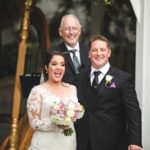 Here are a few more questions you can think through on your quest to create the perfect backstory.
Here are a few more questions you can think through on your quest to create the perfect backstory.
- Where/when/how did you first meet?
- Were there unique circumstances that influenced and enhanced your first meeting?
- Did “forces” out of your control bring you together in some mysterious way?
- What did your first few months of dating look like?
- What activities, beliefs or experiences did you find in common?
- What significant memories do you now share?
- What special memories did you create in those first 9-12 months of dating?
- Did your dating and engagement relationship suffer from struggle or conflict which you worked through?
- What positive things did you learn about one another’s true character or quality that led you to fall deeper in love?
- How will your spouse help you create a future together; a future in which your partnership will be energetic, creative and exciting?

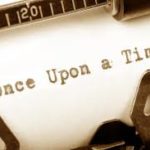

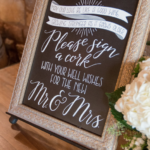
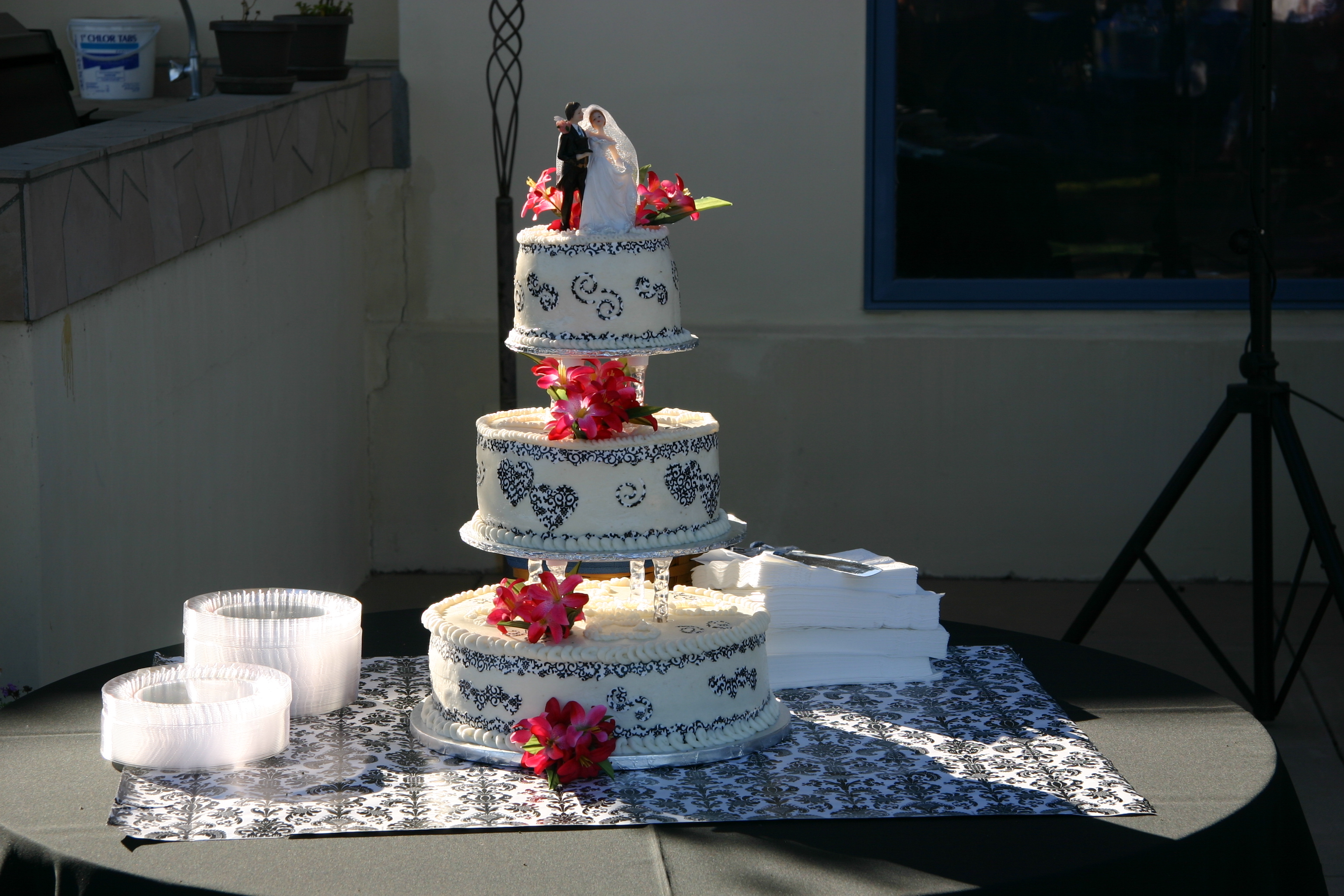

Recent Comments